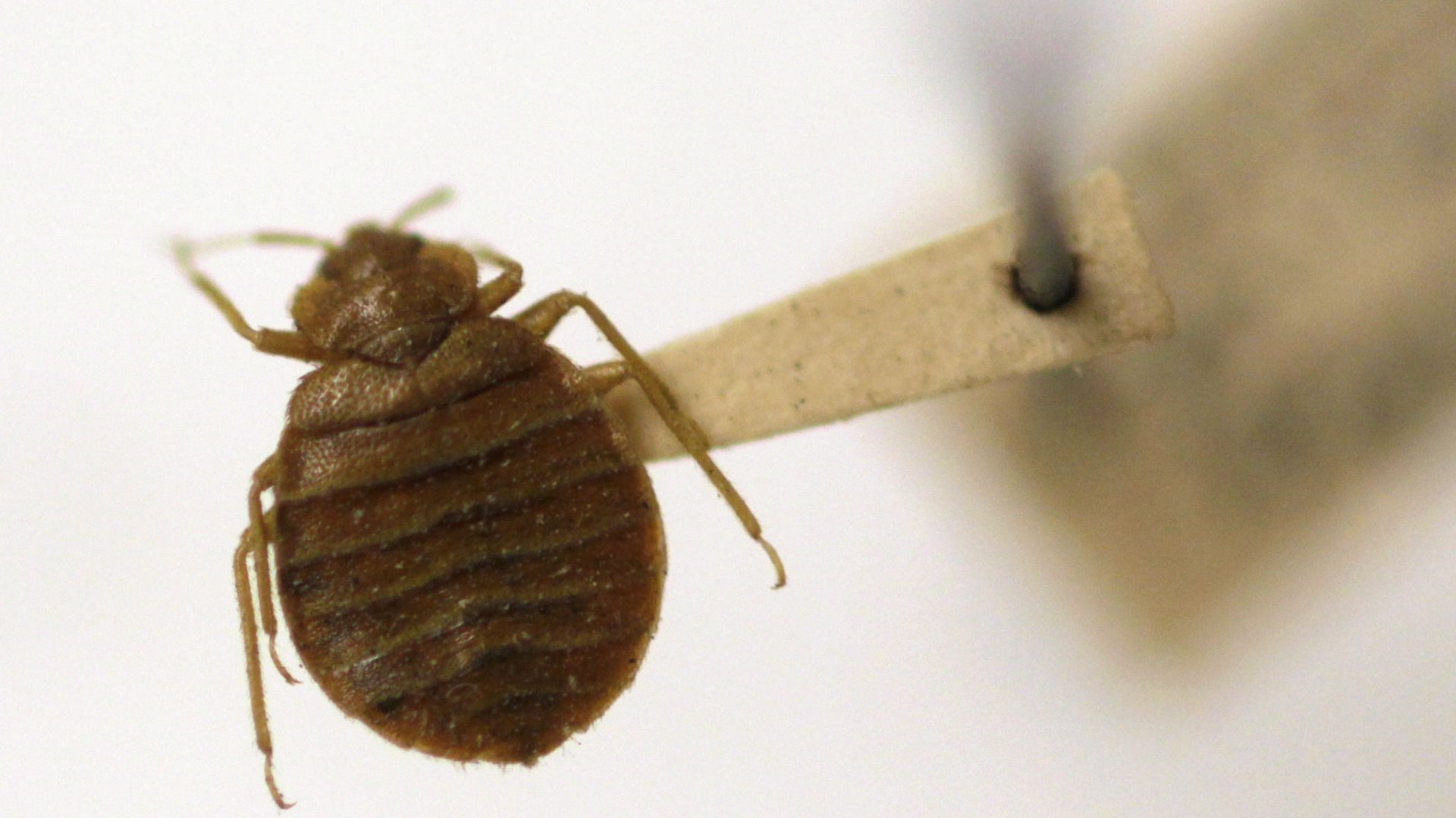Bed bugs have been traumatizing humans for almost 11,000 years
There is a certain horror that comes with facing a bed-bug infestation. Some researchers have compared the anxiety these tiny parasites produce to be as bad as PTSD in some cases.


There is a certain horror that comes with facing a bed-bug infestation. Some researchers have compared the anxiety these tiny parasites produce to be as bad as PTSD in some cases.
And now, researchers have reason to believe they’ve been plaguing us for almost 11,000 years.
Researchers from the University of Oregon Museum of Natural and Cultural History have identified 14 samples of fossilized bed bugs found in the Paisley Caves in the south-central part of the state. Using carbon dating, they estimate that most of the samples are close to 11,000 years old—the oldest bed-bug samples ever found—which coincides with when the first humans were starting to arrive in North America. Their work was published in the Journal of Medical Entomology on April 4.
Although this study did not find evidence of human remains alongside the fossilized insects, there have been previous studies suggesting early humans made their home in what is now Oregon in the same time frame as the bed bug remains. It’s unlikely these relatively ancient bed bugs were able to spread by hiding in the safe folds of fabric the way modern, urban bed bugs do.
Martin Adams, the lead author of the paper (which calls him a “paleoinsect researcher”), examined the fossilized insect remains found in sediment in the caves and compared them to the museum’s library of insects. “I had some difficulty identifying them, because the classification is based on the whole insect,” says Adams, “Sometimes I only had the abdomen.” Still, after scrutinizing the remains, he and co-author Dennis Jenkins identified three separate species of bed bugs: Cimex antennatus, Cimex latipennis, and Cimex pilosellus.
Those aren’t the usual home-invading bed bugs of today (those are C. lectularius and C. hemipterus). Instead, these critters typically feed on bats, which would explain why they were living in caves. But, Adams says, it’s not unheard of for bed bugs to adapt their tastes to whatever food is around. If humans were living in caves, as they likely were when not hunting, bed bugs wouldn’t have a problem switching food sources.